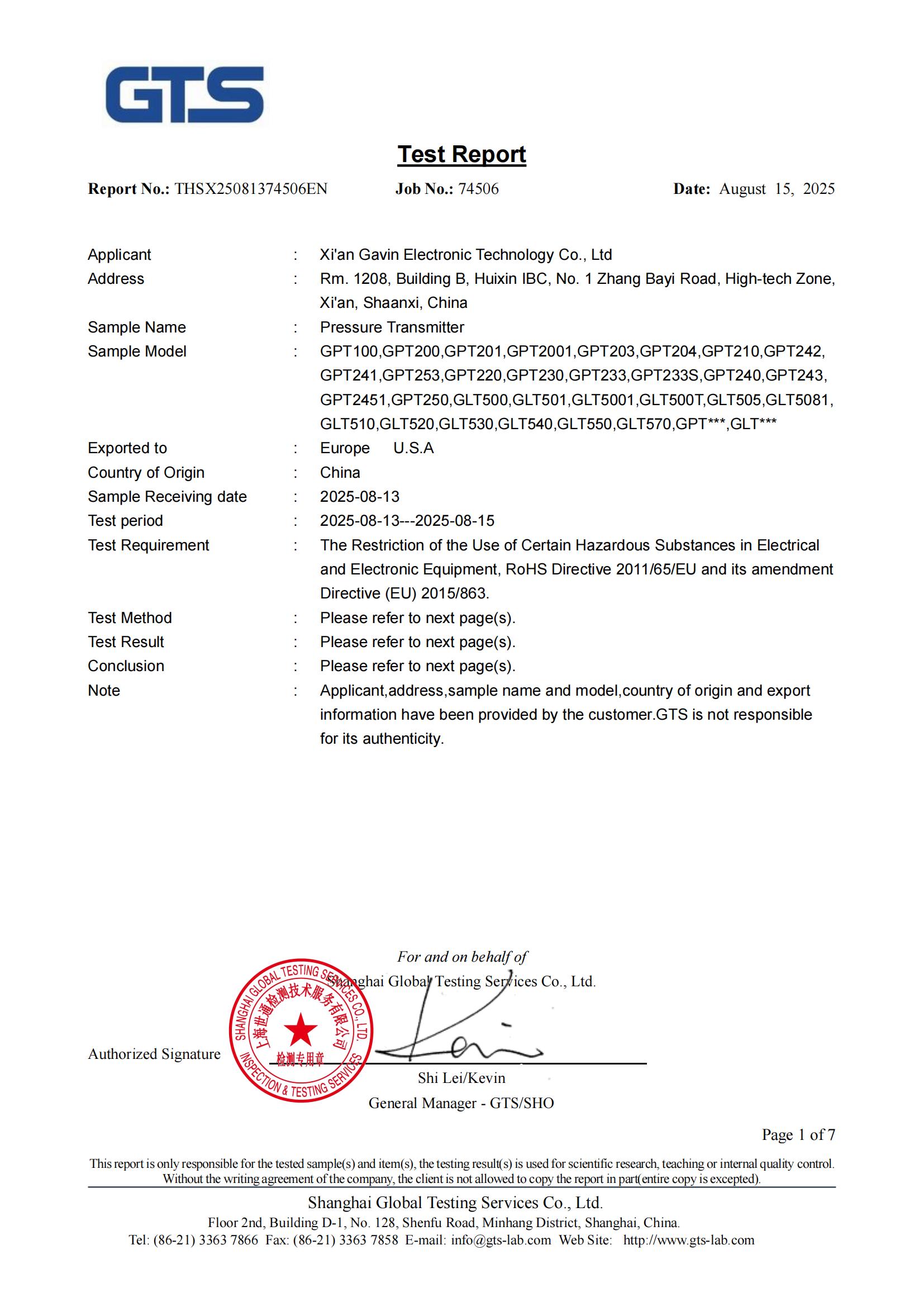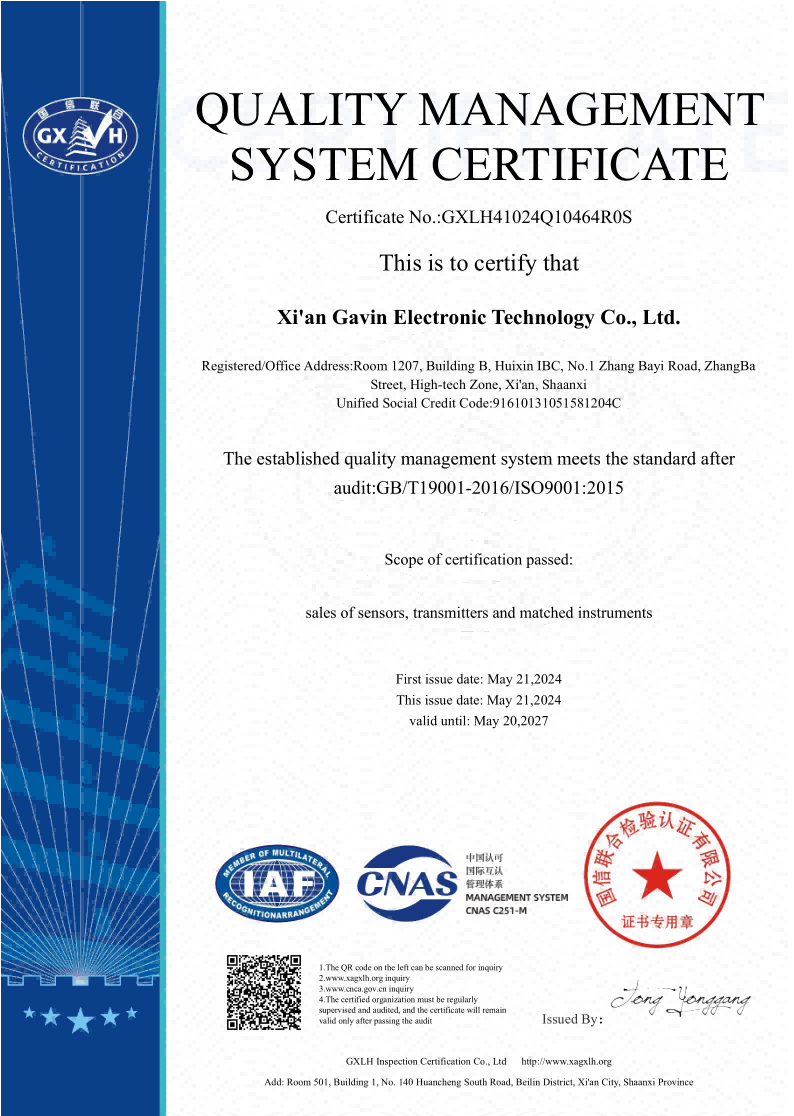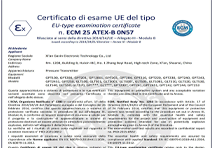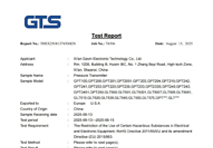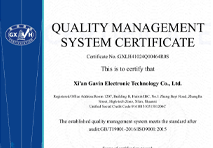Why do differential pressure sensors have two pressure ports? Are they interchangeable?
Why do differential pressure sensors have two pressure ports? Are they interchangeable?
Purpose of the Two Ports in Differential Pressure Sensors
Differential pressure sensors are crucial components in various industrial applications, designed to measure the difference between two pressure points. Understanding their dual-port design and proper usage is essential for accurate measurements and optimal performance. In this comprehensive guide, we'll explore the purpose of these two ports, whether they can be interchanged, and how their configuration impacts sensor accuracy.
Purpose of the Two Ports in Differential Pressure Sensors
The Role of Dual Ports in Differential Pressure Measurement
Differential pressure sensors are specifically engineered to measure the pressure difference between two distinct points in a system. The two ports, typically labeled as high-pressure (H+) and low-pressure (L-), serve distinct purposes:
- High-pressure port (H+): Connects to the point with higher pressure
- Low-pressure port (L-): Connects to the point with lower pressure
This dual-port configuration allows the differential pressure sensor to calculate the pressure differential (ΔP) by subtracting the low-pressure reading from the high-pressure reading. This capability is crucial in various applications, including:
- Flow measurement in pipelines
- Level measurement in tanks

- Filter monitoring in HVAC systems
- Pressure drop analysis across industrial equipment
- How Dual Ports Enable Precise Differential Pressure Measurement
The presence of two ports in a differential pressure sensor facilitates accurate measurement by:
- Isolating the two pressure sources: Each port connects to a separate pressure point, ensuring that only the relevant pressures are measured.
- Enabling direct comparison: By having dedicated high and low-pressure inputs, the sensor can directly compare the two pressures without interference.
- Compensating for common-mode pressures: Dual ports allow the sensor to ignore changes in overall system pressure, focusing solely on the differential.
This design is particularly beneficial in applications where small pressure differences must be detected amidst high background pressures, such as in the oil and gas industry or aerospace engineering.
Can Differential Pressure Sensor Ports Be Swapped?
The Risks of Interchanging Differential Pressure Sensor Ports
While it might seem intuitive that the two ports of a differential pressure sensor could be interchangeable, this is generally not the case. Swapping the high and low-pressure ports can lead to several issues:
- Measurement inaccuracies: The sensor is calibrated assuming a specific flow direction, and reversing this can lead to erroneous readings.
- Potential damage: Many differential pressure sensors are designed with unidirectional overpressure protection, which may fail if the ports are reversed.
- Signal output errors: For sensors with analog outputs, port reversal can result in inverted or nonsensical signals.
It's crucial to note that a differential pressure transmitter 4 20ma output signal is typically calibrated based on the correct port configuration. Reversing the ports could lead to misinterpretation of the transmitted data.
Exceptions and Considerations for Port Interchangeability
While most differential pressure sensors are not designed for port interchangeability, there are some exceptions:
- Bidirectional sensors: Some specialized sensors are engineered to measure flow in both directions, allowing for port reversal.
- Software-configurable devices: Advanced differential pressure transmitters may offer software options to reverse the port configuration electronically.
- Symmetrical design sensors: Certain sensors are constructed with identical ports, allowing for interchangeability in specific applications.
However, it's essential to consult the manufacturer's specifications and guidelines before attempting to interchange ports, even on sensors that claim bidirectional capability.
How Port Configuration Affects Sensor Accuracy?
The Impact of Correct Port Usage on Differential Pressure Sensor Performance
Proper port configuration is paramount for maintaining the accuracy and reliability of a differential pressure sensor. Correct usage ensures:
- Calibration integrity: Sensors are factory-calibrated based on a specific port configuration.
- Optimal sensitivity: The sensor's internal components are aligned to respond accurately to the expected pressure differentials.
- Accurate zero-point reference: The sensor's zero point is set assuming correct port usage.
For instance, a differential pressure transmitter 4 20ma output is carefully calibrated to provide a precise current signal based on the pressure differential. Incorrect port usage can lead to significant measurement errors, potentially compromising entire control systems or processes.
Strategies for Ensuring Accurate Differential Pressure Measurements
To maximize the accuracy and longevity of your differential pressure sensor, consider the following best practices:
 - Verify port labeling: Always double-check the H+ and L- port designations before installation.
- Verify port labeling: Always double-check the H+ and L- port designations before installation.
- Follow installation guidelines: Adhere to the manufacturer's recommended mounting orientation and connection procedures.
- Regular calibration: Implement a routine calibration schedule to ensure ongoing accuracy.
- Use appropriate pressure ranges: Select a sensor with a range that closely matches your application requirements.
- Consider environmental factors: Account for temperature, vibration, and other environmental influences that may affect sensor performance.
By following these strategies, you can ensure that your differential pressure sensor provides reliable and accurate measurements, crucial for maintaining efficient and safe operations in various industrial applications.
Conclusion
Understanding the dual-port design of differential pressure sensors is crucial for their effective implementation and operation. While these ports are generally not interchangeable, they play a vital role in accurate pressure differential measurements across various industries. By respecting the designated high and low-pressure port configurations and following best practices, engineers and technicians can ensure optimal sensor performance and reliability in their applications.
Expert Differential Pressure Sensor Solutions - GAMICOS
At GAMICOS, we specialize in cutting-edge differential pressure sensor technology, offering a wide range of solutions including our advanced GPT250 series. Our sensors feature high-accuracy measurements, corrosion-resistant materials, and versatile output options to meet diverse industrial needs. With our extensive experience and commitment to innovation, we provide tailored solutions for challenging applications across multiple sectors. For expert advice on selecting the right differential pressure sensor for your specific requirements, contact our team at info@gamicos.com.
References
1. Johnson, A. (2021). "Principles of Differential Pressure Measurement in Industrial Applications." Journal of Sensor Technology, 15(3), 78-92.
2. Smith, R. et al. (2020). "Advancements in Dual-Port Pressure Sensor Design for Enhanced Accuracy." IEEE Sensors Journal, 20(8), 4125-4137.
3. Brown, L. (2019). "Optimizing Differential Pressure Sensor Performance in Harsh Environments." Chemical Engineering Progress, 115(9), 45-52.
4. Garcia, M. and Lee, K. (2022). "Comparative Analysis of Interchangeable vs. Fixed-Port Differential Pressure Sensors." Measurement Science and Technology, 33(6), 065007.
5. Thompson, E. (2018). "Best Practices for Differential Pressure Sensor Installation and Maintenance." ISA Transactions, 77, 255-264.

Halen
With over 12 years of experience in fluid sensing technology, Halen specializes in helping clients select and optimize oil level sensors for a wide range of industries—including automotive, marine, heavy machinery, and energy.
We're here to help — submit your request anytime!
Let us know how we can help solve your pressure level measurement challenge.
Recommended Blog
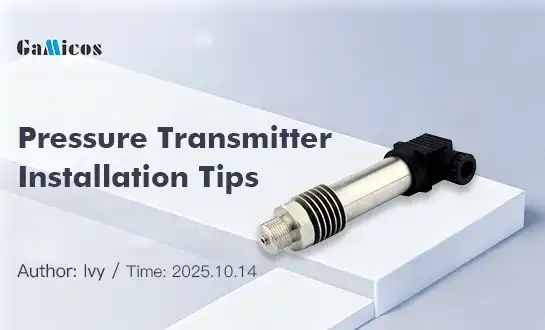
What should I pay attention to when installing a pressure transmitter?
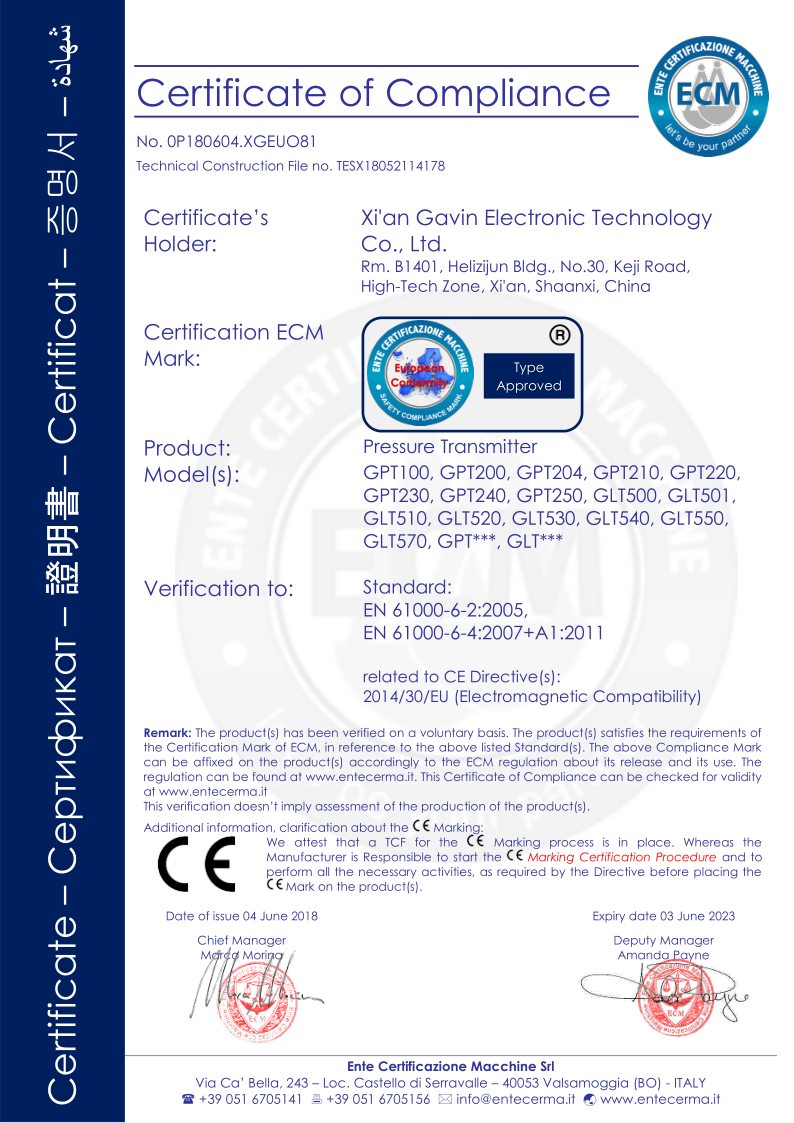
_1757930850792.jpg)
